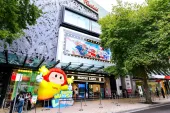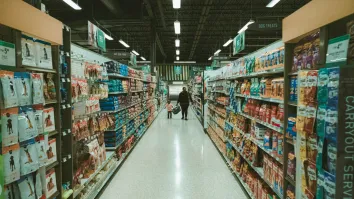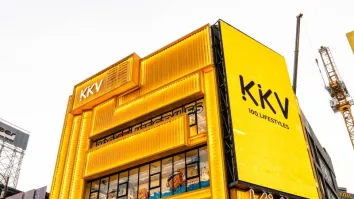Optimising online marketing with technology
With South-east Asia set to be the leader in the e-commerce space, it is important for retailers to know how to best reach their customers. Muneerah Bee finds out what multiple retargeting is all about and how it can boost the online shopping experience.
Described as the approach of engaging several “retargeters” for a campaign with each offering its benefits in fields of display, email and in-app tools, multiple retargeting provides a broader audience reach, maximum effect at optimised costs and flexibility in conducting parallel strategies.
“By using a multiple retargeting approach, retailers can achieve a more holistic effect and better results. When planning an online campaign, we have a number of providers and a million options to choose from. Selecting the right one for your business without proper due diligence is virtually impossible and may lead to suboptimal results. This is why multiple retargeting strategies and different techniques to expand access to selected users have been developed,” Chandra Kuncara, country director, South-east Asia, RTB House told Retail Asia.
He added that using a single “retargeter” is not always optimal and running two to three retargeting campaigns with different providers can bring greater results without any additional cost.
Flexible options
Retargeting activities are often considered short-term strategies that are meant to bring back customers within days of abandoning a site. Many companies also use long-term retargeting strategies to remind past visitors (that is brand awareness) or to bring back visitors during peak sales periods (namely seasonal purchasing). Retargeting helps keep a brand top of mind as users browse the internet and likely keeps those visitors coming back if they did make a purchase in the past. Kuncara commented: “Different retargeters offer flexibility in your goal strategies. You can have different short-term goals determined by your mid- and long-term display marketing strategy. It can be a specific number of clicks, conversions or just turnover.”
He continued: “In the case of leading e-commerce platform Zalora, global retargeting provider RTB House successfully launched campaigns for its new customer acquisition. In a world where personalisation plays a huge part in customer’s experience today, consumers expect online information to be relevant to what they are interested in.”
Leveraging data
He also cited “deep learning” as another important technology concept that retailers must look into. “With a vast amount of data created by consumers' e-commerce habits, retailers should leverage deep learning to better analyse and utilise the data. The deep learning algorithm is able to generate invaluable insights which helps retailers understand how its consumers get to a final purchase, and what gets them to the final purchase,” he explained.
For example, with deep learning driving RTB House’s retargeting technology, users who shop on Zalora are served exclusive personalised advertisements and offers based on their unique fashion and shopping interests. As a result of that, the conversion value increased by over 30% (compound monthly growth rate) and there was a 498% return on advertising spend (ROAS) from combined retargeting activities across all markets, according to Kuncara.
“At RTB House, 100% of our algorithms are based on deep learning components, bringing our clients a new wave of efficiency to their online activities,” he said.



















 Advertise
Advertise





